There can be your advertisement
300x150
Why Is It Cold in the Apartment: Causes and Solutions
If after turning on the heating your apartment is not significantly warmer, it's time to figure this out. We asked architect Sergey Kovalyov from Artbaza.Studio to explain how to solve this problem with renovation, and lawyer Alexey Parshin from the agency "City" to explain how to do it without violating the law.
Why Is It Cold in the Apartment?
In 2019, Rospotrebnadzor defined temperature norms in residential premises: winter and autumn — 18–24 degrees Celsius, and spring and summer — 20–28 degrees Celsius. Managing companies and utilities are responsible for monitoring the temperature.
Despite this, in many apartments these norms are not followed. Why? There can be several reasons:
- poor-quality or outdated window frames;
- cold balcony without glazing and insulation;
- corner location of the apartment;
- poor thermal insulation of the floor;
- low-quality entrance door;
- poor radiator performance due to low heating supply power or limited technical capability.
Replacing the entrance door or windows is straightforward — here, problems can be avoided by choosing quality options. But what about other reasons? Let's look into them.
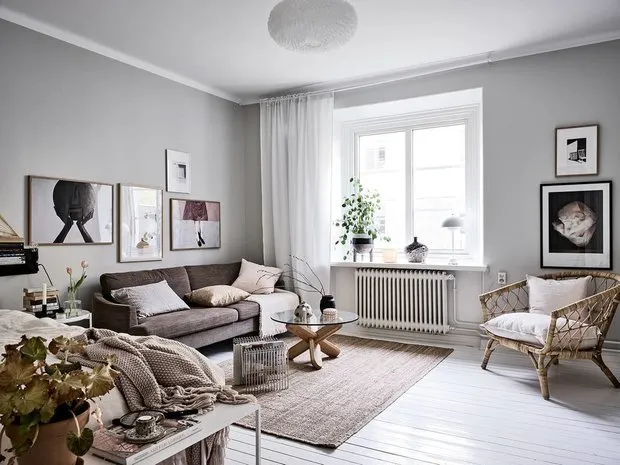
Cold Balcony and Loggia
In recent years, glazing and insulating the balcony or loggia has been classified as a reconfiguration requiring approval from BTI or MЖИ. First, the balcony must be glazed, and only then can insulation and finishing begin.
What's important during glazing?
- The thermal resistance of windows must meet GOST standards for your region.
- Accurate calculation of structural strength and rigidity.
- Alternation of swinging and fixed elements.
What is prohibited?
- Glazing a balcony in a historical building (due to facade preservation).
- Placing it near a fire escape — MCHS will prohibit reconfiguration and block access to the staircase.
- Installing a radiator on the balcony.
- Enhancing heating using the communal water supply system.
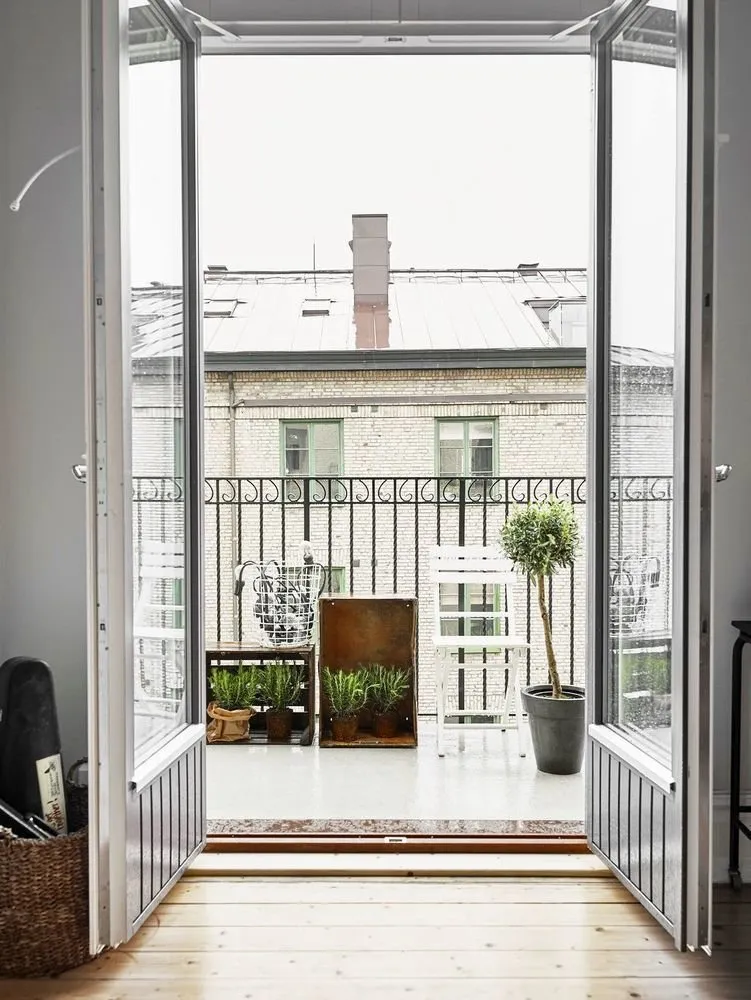
For heating the area, architect Sergey Kovalyov recommends insulating walls and floor, as well as using electric heating — infrared or electric heated floor or portable heater.
Finish materials must be of good quality. Use mineral wool, polystyrene foam, foam plastic, foil insulation.

How to Connect a Balcony or Loggia to Living Space?
According to lawyer Alexey Parshin, the reconfiguration is possible by installing a French window and partition in place of the removed wall. However, if the wall is load-bearing, it cannot be removed.
Specialists must conduct a thermal calculation — this will show how the thermal environment in the apartment changes after removing the wall and expanding the space.

Poor Thermal Insulation of the Floor
All floor changes in apartments are impossible without project documentation and approval from Moszhilinspektion. There are also restrictions here:
- Installation of heated floors is prohibited without a certificate confirming additional power allocation for the apartment;
- Exceeding load limits on slabs and floor screed is restricted;
- Floor installation without sound insulation is not allowed, and in bathrooms or toilets — without waterproofing.
Uninsulated Walls
There are no strict prohibitions on working with walls in apartments, but it's important to choose the right insulation material and calculate the thickness of the thermal insulator. Before starting work, don't forget to prime the walls (to prevent mold growth).
In an ideal case, the insulating material should be adhesive-based — it helps eliminate gaps between the wall and the insulation material.
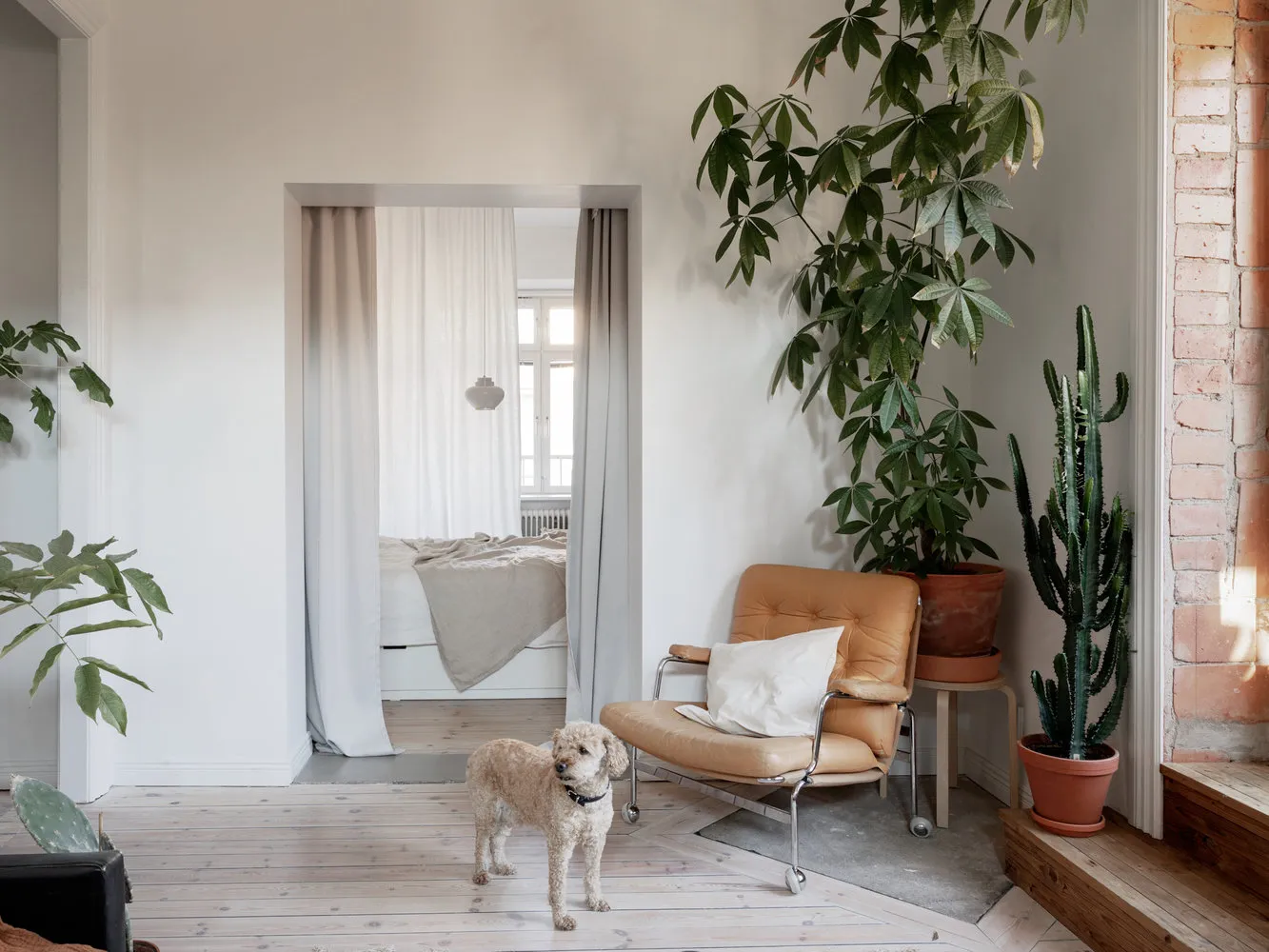
According to architect Sergey Kovalyov, proper preparation is essential — check the base surface for strength to avoid cracks and gaps in plaster. Also, the insulating material itself has its own characteristics.
Mineral wool emits harmful substances and dust, polystyrene foam causes condensation in poor ventilation or with rapid temperature changes. Liquid insulating mixtures will save valuable centimeters.
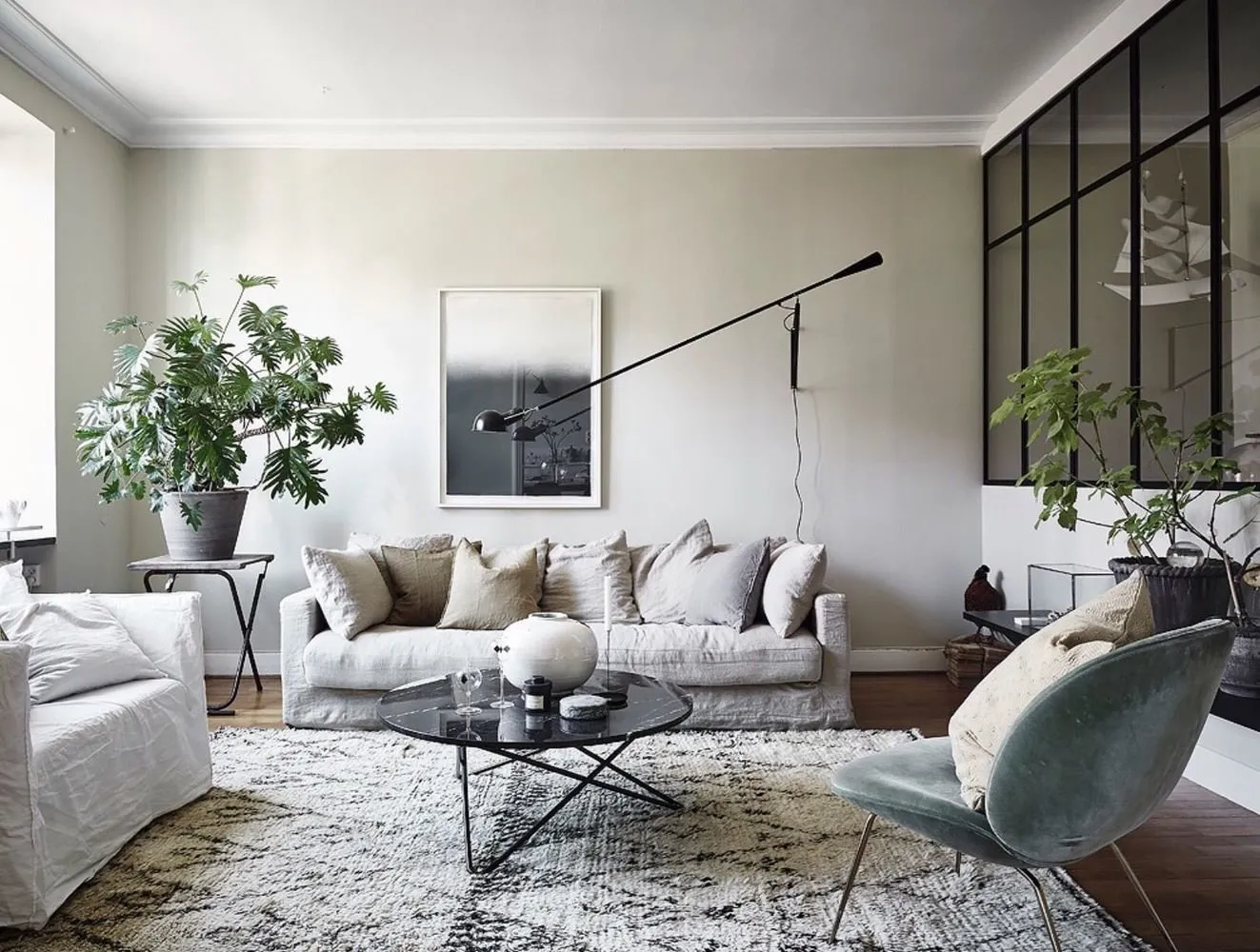
Cozy Apartment with Living Room in the Corridor
This week's project, where the designer focused on a radical reconfiguration.
Poor Radiators
Any change in radiator operation affects the communal heating system, thus it's considered a reconfiguration. Approving changes to the number of radiators or relocating them can take up to 45 days.
If you bypass approval and disrupt the heating system balance, the air temperature may drop to 15–16°C over time.
When is Approval Required?
- If you replace radiators with new ones having the same technical specifications, it's enough to notify the managing company.
- In other cases or when relocating radiators, all calculations must be approved by the managing company and an application for reconfiguration must be submitted.
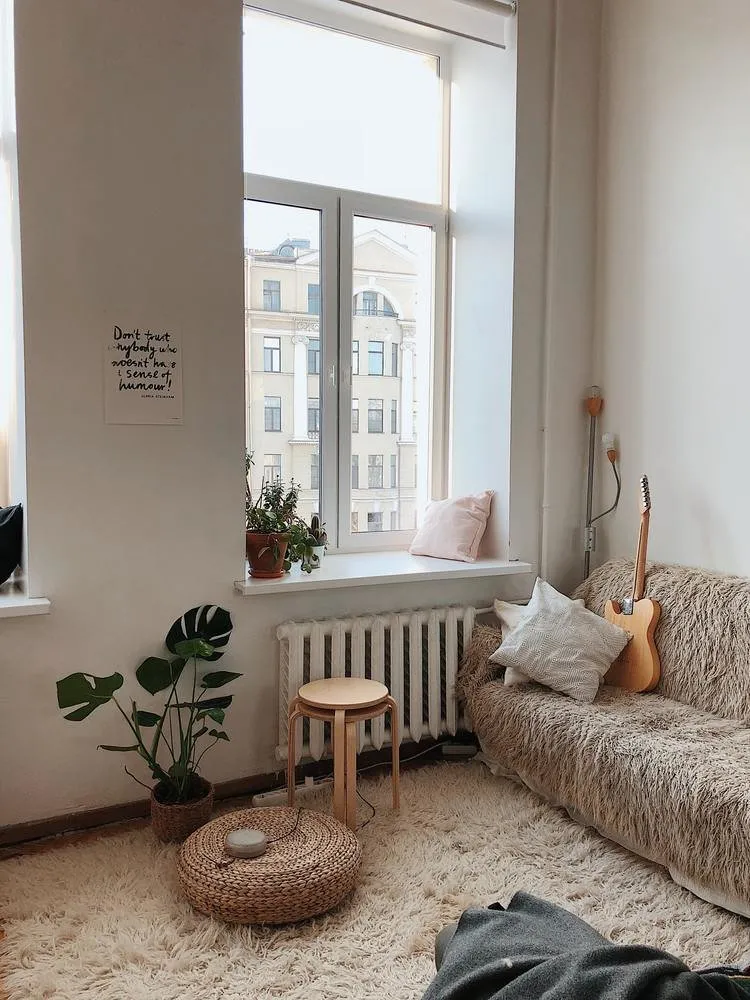
Which Radiators to Choose for an Apartment?
- Cast Iron. Durable, corrosion-resistant, and with high heat output.
- Aluminum. Strong and lightweight heating units with high heat output.
- Steel. Excellent heat output and corrosion resistance, but sensitive to hydraulic shocks.
- Bimetallic. Steel core and outer aluminum layer are optimal for urban apartments. Resistant to corrosion, with high thermal conductivity.
- Copper. Higher thermal conductivity than aluminum, but more expensive.
More articles:
 How They Turned a Dairy Farm Into a Family Home in Just 2 Months
How They Turned a Dairy Farm Into a Family Home in Just 2 Months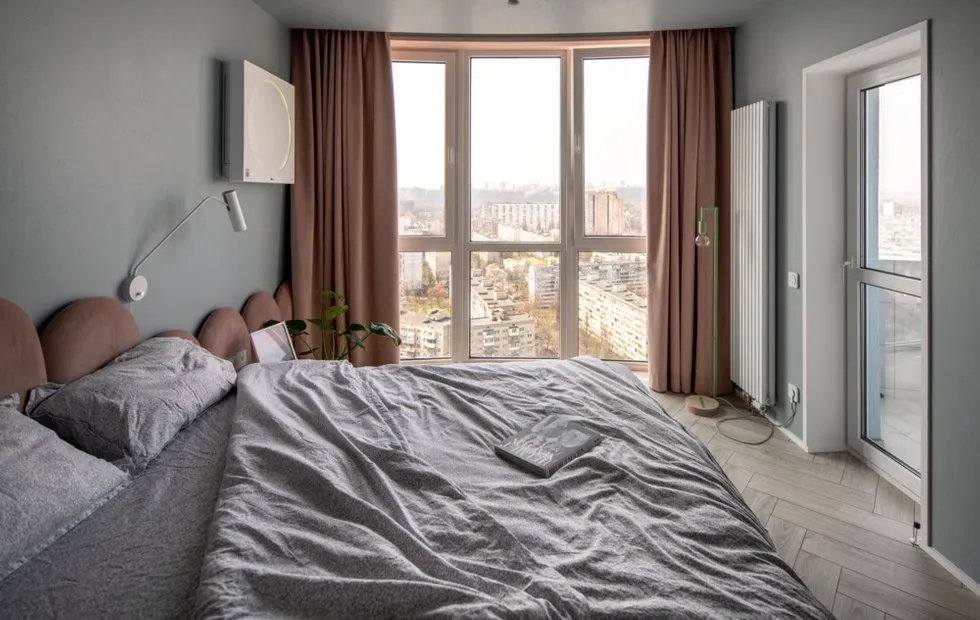 5 Cozy Bedrooms from September Projects
5 Cozy Bedrooms from September Projects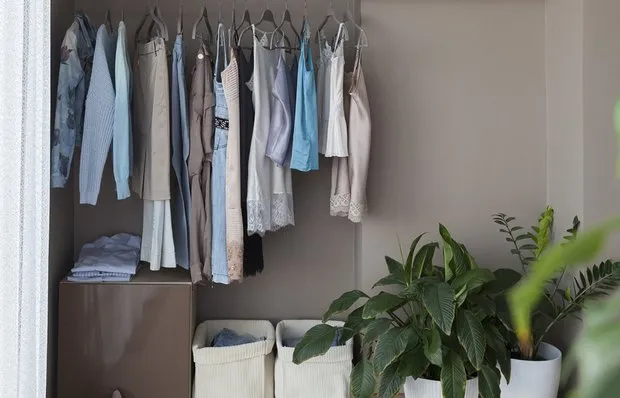 Summer Clothes Storage: Where to Store and How to Organize?
Summer Clothes Storage: Where to Store and How to Organize?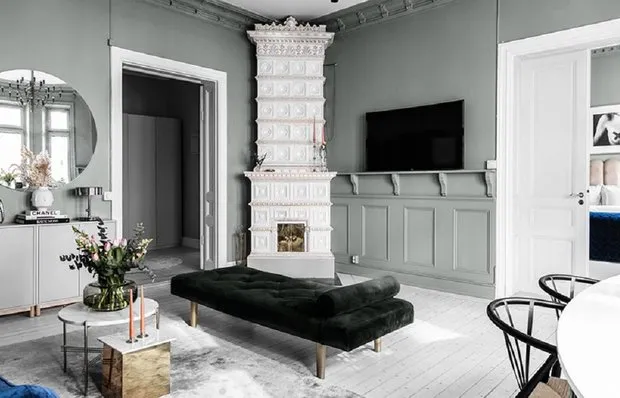 Perfect Apartment in the Center of Stockholm: Ideas You Will Find Useful
Perfect Apartment in the Center of Stockholm: Ideas You Will Find Useful Summer House in Barcelona with Panoramic Windows
Summer House in Barcelona with Panoramic Windows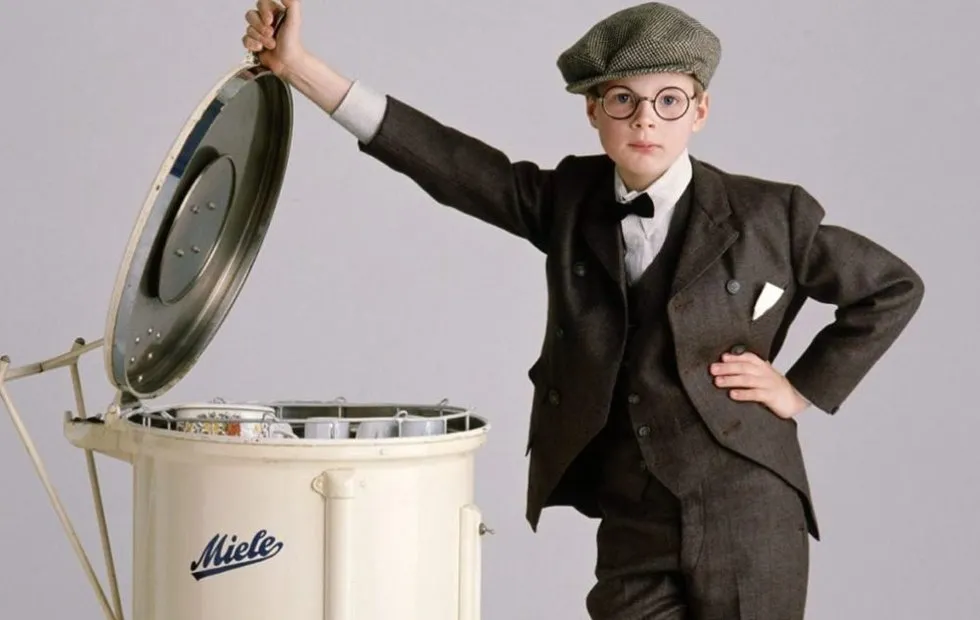 Kitchen Revolution: 6 Milestone Inventions for the Kitchen
Kitchen Revolution: 6 Milestone Inventions for the Kitchen Emergency Interior Solutions: 10 Genius Design Hacks
Emergency Interior Solutions: 10 Genius Design Hacks What to Do with Autumn Leaves on the Dacha: 5 Ideas
What to Do with Autumn Leaves on the Dacha: 5 Ideas